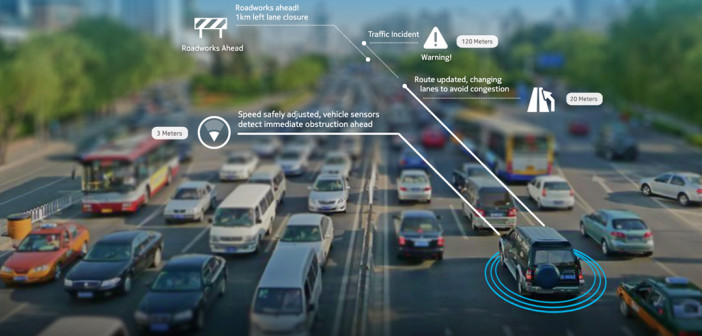Urban mobility apps and location-based marketing fuels growth
For the fourth year running, location platform HERE has topped Strategy Analytics’ annual mobile location platform benchmark study. According to Strategy Analytics’ Wireless Media Strategies (WMS), HERE remains well placed for future growth opportunities as consumer and business dependence on mobile location services increases, GPS handset penetration continues to rise in emerging markets, map and location data become more important to marketers, and as today’s popular mobile location-based service (LBS) experiences become available within complex indoor buildings and venues.
Strategy Analytics looked at the strengths and weaknesses of global LBS players, Apple, Google, HERE, and TomTom, across eight important metrics, including map and navigation coverage, indoor venue capabilities, reach across major mobile device platforms, map data visualization, in-vehicle connectivity, offline usage, local search and crowd sourcing.
Nitesh Patel, director of Strategy Analytics’ Wireless Media Strategies service, noted: “For the fourth year in the row HERE has built on its leadership in mapping and location capabilities, followed by Google, TomTom and then Apple. Although HERE is owned by car-makers its vision to drive the value of location, and location-based insights, across all digital platforms and connected devices, including mobile, is unrivalled in the sector. Google maintains its leadership in business to consumer (B2C) LBS applications, and is leveraging its scale and crowd-sourced information to deliver detailed and update points-of-interest information cost effectively. Both Apple and TomTom remain in catch-up mode, with TomTom focused mainly on automotive and on improving its support of multi-modal navigation during 2018.”
The race to provide the most fresh, up to date and accurate maps in real time is being driven by a combination of the trend towards autonomous driving, emerging use cases for location data, and greater consumer dependence on smartphones for journey research, planning and execution.
David Kerr, senior vice president at Strategy Analytics, added: “Demand for mobile maps and location services will continue to expand as the installed-base of location-enabled phones rises in emerging mobile markets in Asia Pacific, the Middle East and Africa. Furthermore, mobile location services are at the heart of urban mobility applications like Uber, Lyft and Didi Chuxing, which are rising in popularity, with smartphones playing an increasingly important role for both journey planning and the administration of these services. Location-based marketing and indoor navigation have yet to really take off but remain strong potential areas for growth.”





